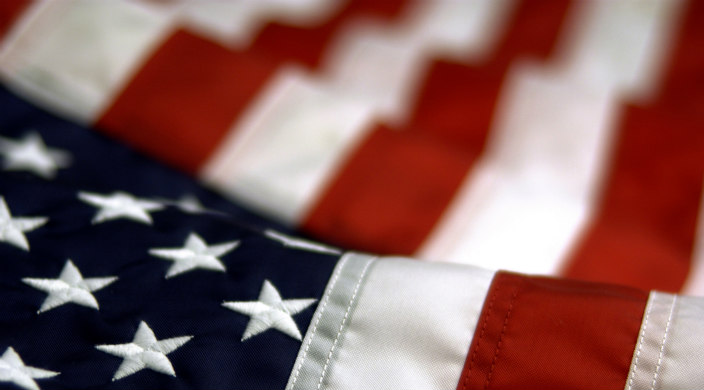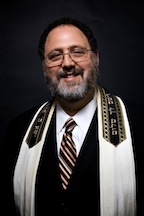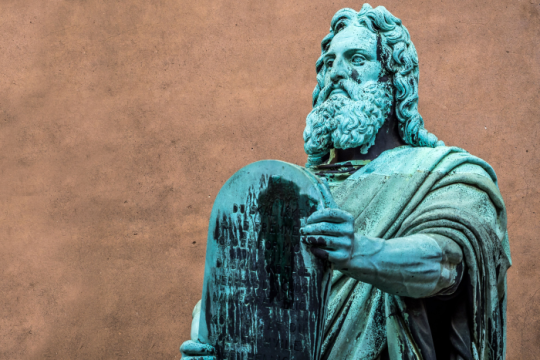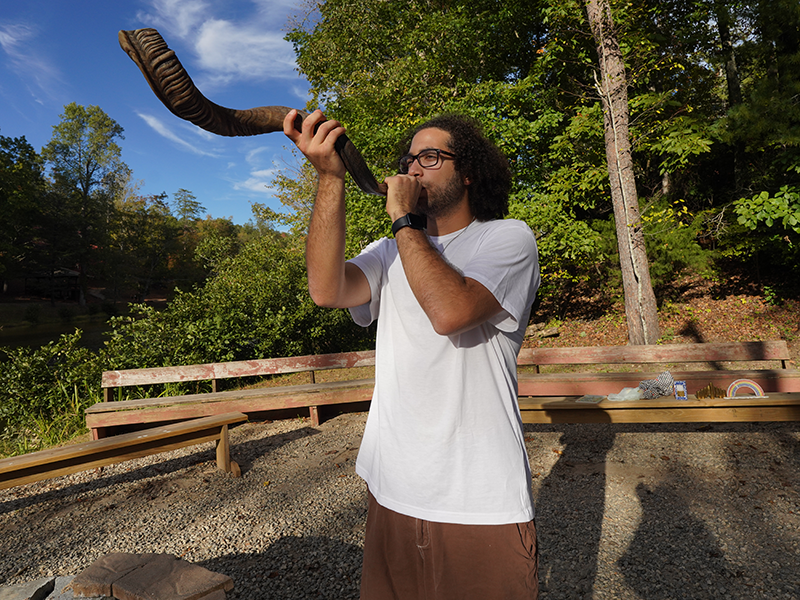
About a dozen years ago, I was involved in a German-Jewish teen exchange program. German students from Frankfurt area high schools stayed with the families of teens in our synagogue, Reform Congregation Keneseth Israel in Elkins Park, PA, and then our students went to Germany to stay with their counterparts' families. Everything was going well until we took our guests by bus to Independence Hall. As we drew near to the cradle of American democracy, the usually festive German kids became strangely quiet. When pressed, they told us they expected to see banners about freedom and not dozens of American flags surrounding the home of the Declaration of Independence. “It's so nationalistic,” they said, “and we are Germans!”
It was a shocking, eye opening experience for me who instinctively viewed the American flag as a symbol of freedom and hope, especially at its point of origin. Somehow, the Stars and Stripes were both patriotic and above narrow patriotism at the same time. This year, America's Flag Day provides a special opportunity to reflect on the intersection of faith and patriotism given the ongoing controversy in the United States about flag etiquette for the last few months.
Flag Day commemorates the adoption of the Stars and Stripes by the Second Continental Congress on June 14, 1777. President Woodrow Wilson proclaimed Flag Day a national holiday in 1916 and 30 years later, Congress did the same, but did not raise it to the level of Memorial Day or July the Fourth. Meanwhile, the “Star Spangled Banner” became the national anthem in 1931and by early in World War II was played before professional baseball games and about 10 years later, before NFL games.
For American Jews, it is important to point out that the legend of Betsy Ross can only be traced back to the Centennial of 1876 and that the story of George Washington suggesting six pointed stars on the flag is equally apocryphal. The earliest known displays of the American flag in synagogues was during the Civil War, especially during the period of mourning for Abraham Lincoln, and then again in 1898, during the Spanish American War.
However, not until the 1930s was it typical for synagogues to display American flags in their sanctuaries. As in many church communities, there was a widespread view that worship space was for God and that the American doctrine of the separation of church and state precluded showing the colors in church or synagogue from a secular perspective. To this day, Haredi synagogues generally do not display flags. Early in my own career, I regularly heard the admonition, “no flags in the sanctuary,” perhaps reinforced by the politics of the Vietnam War.
The first responsum by the Central Conference of American Rabbis (CCAR), the professional association of Reform rabbis, on having a flag in a synagogue was issued in 1954 (perhaps as a reaction to the addition of the words “under God,” which were inserted into the Pledge of Allegiance on Flag Day in that same year). Written by Israel Bettan, the responsum affirmed the appropriateness of having a U.S. flag in a Reform temple but also maintained that Israeli flags should only be displayed on special occasions such as Israel Independence Day. Israeli flags became increasingly popular in American synagogues after 1967 and in 1977, the CCAR weighed in and rescinded all limitations on the Israeli flag. Promoted by a question I raised 20 years later, the CCAR ruled it was permissible to sing “HaTikvah,” the national anthem of Israel, during Reform worship services without a parallel national anthem in the U.S. or Canada. The CCAR also hesitated before including the “Star Bangled Banner” and “O Canada” in Mishkan T’filah, the newest Reform prayer book. As far as I know, there have been no attempts to compel individuals to remove their kippot (yarmulkes) while saluting the American flag. In France, however, there are laws that regulate the use of religious head coverings in schools and other public places.
For sure, the current debate about football players kneeling during the national anthem is controversial and upon analysis, very complex, especially with respect to the First Amendment, municipal ownership of stadiums and teams, and the rights of business owners and employees. The debate may give faith-based communities pause to rethink their own flag policies, views of church and state, and even their theologies.
Personally, I do not object to flags in our sanctuaries and would not kneel before a flag in protest, a practice that is foreign to both my faith and my political beliefs. On the other hand, Abolitionists burned copies of the Constitution as “a pact with [the] Devil.” This year, Flag Day requires more of us than parades and conventional displays of patriotism. It challenges us to think deeply about what it means to be Americans and Jews in our time.




